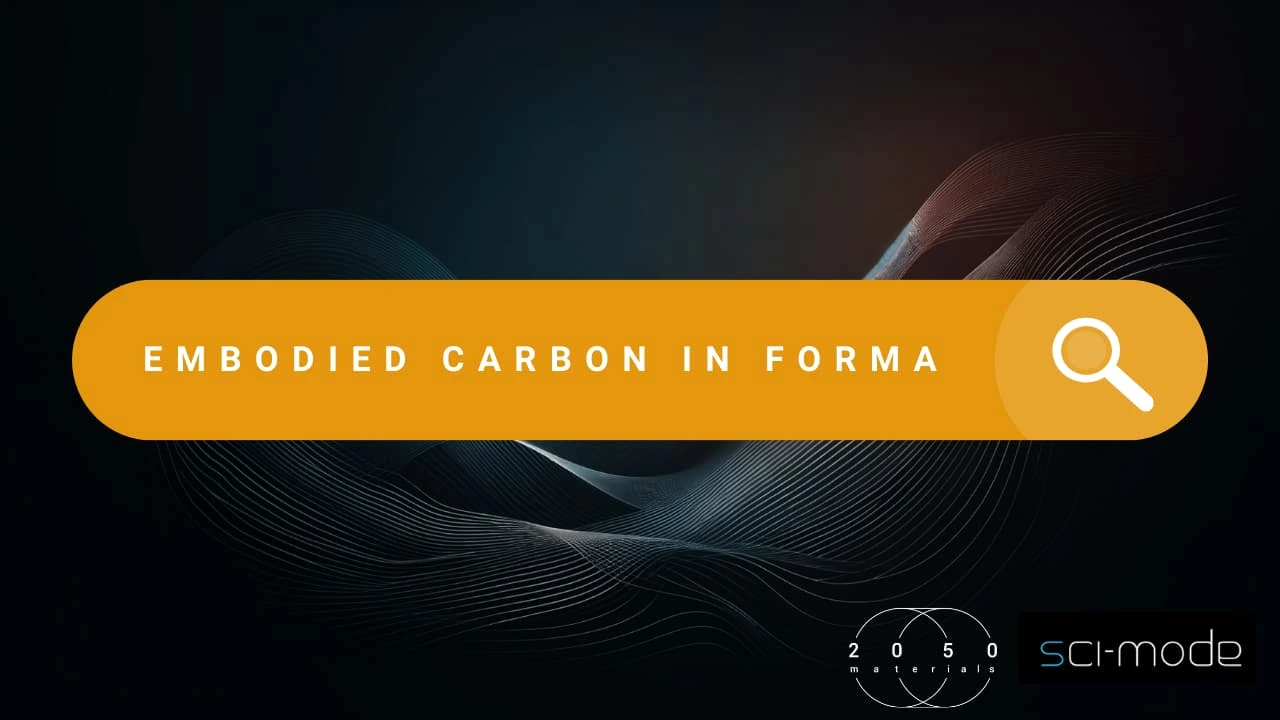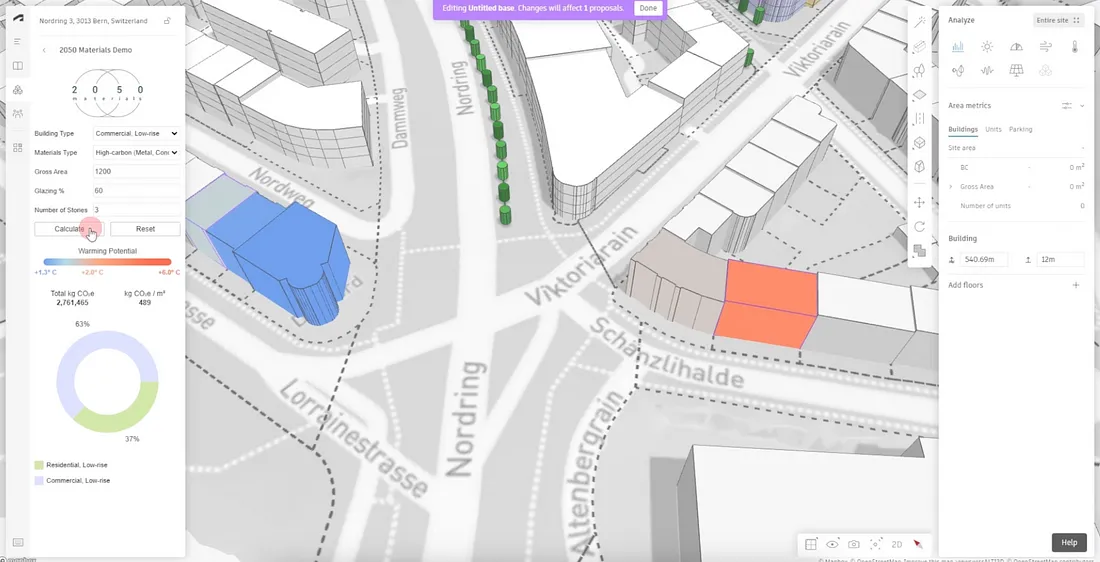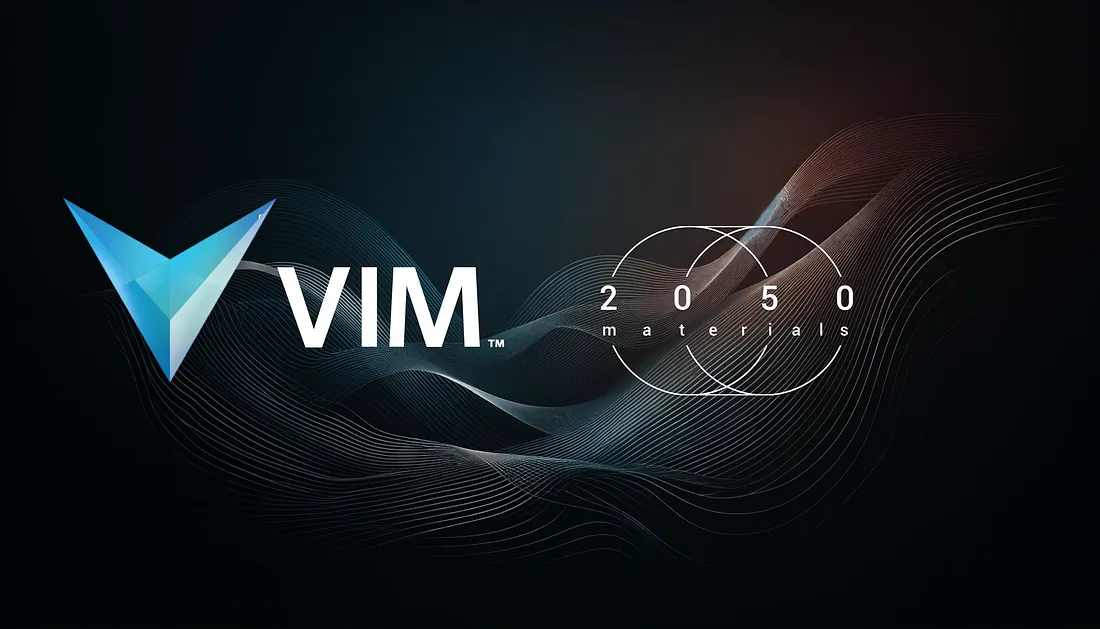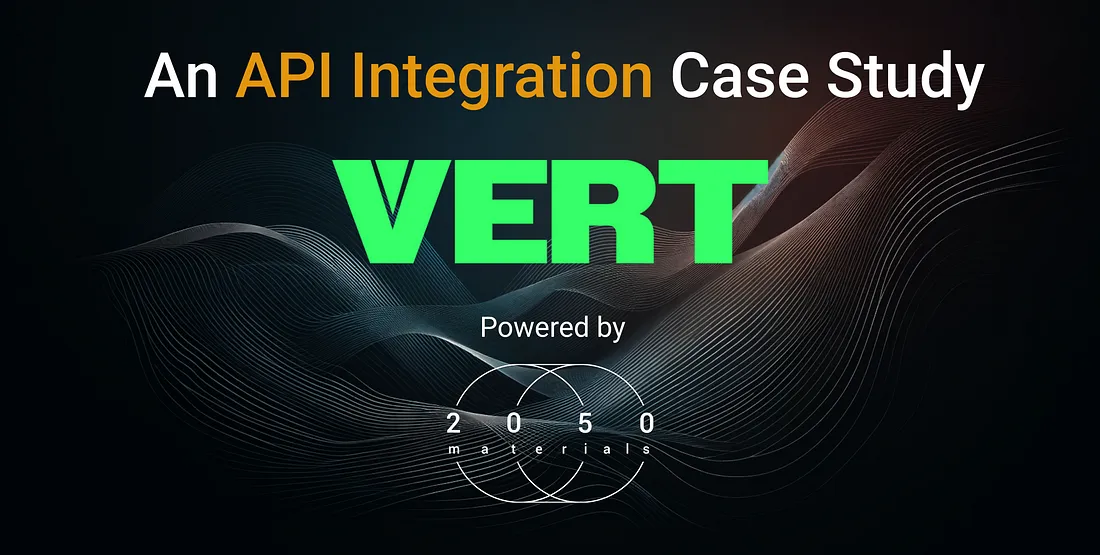Embodied Carbon in Urban Planning with 2050 Materials’ API in Autodesk Forma
 This case-study and integration happened in collaboration between 2050 Materials and Sci-mode, in a common effort to bring more sustainability ratings in front of designers and urban planners. For more information please reach out to api@2050-materials.com
This case-study and integration happened in collaboration between 2050 Materials and Sci-mode, in a common effort to bring more sustainability ratings in front of designers and urban planners. For more information please reach out to api@2050-materials.com

In the realm of urban development and sustainability, the focus on “Embodied Carbon in Urban Planning” is gaining crucial importance. It’s vital to consider the emissions associated with the entire lifecycle of materials used in our cities, moving beyond just the operational carbon footprint of buildings.
Demo of 2050 Materials’ API showing warming potential on a planning area.


The Overlooked Impact of Embodied Carbon in Urban Planning
Embodied carbon in urban planning refers to the carbon emissions related to the production, transportation, construction, maintenance, and disposal of building materials and infrastructure. This perspective is crucial in understanding a building’s overall carbon footprint, particularly in the early years following construction.

What does the design of truly sustainable cities look like?

What does the design of truly sustainable cities look like?
Integrating 2050 Materials’ API for Embodied Carbon Analysis in Autodesk Forma

Selection of building typologies to allow 2050 Materials’ parametric model to calculate embodied carbon and warming potential.
The extension developed by 2050 Materials for Autodesk Forma is a pioneering tool in the analysis of “Embodied Carbon in Urban Planning.” It integrates comprehensive material emission data with advanced calculation models for early-stage planning and sustainability assessments.
Data Collection and Analysis: The Backbone of Urban Sustainability
- In-depth Data Gathering: 2050 Materials employs AI-powered algorithms to gather extensive data on emissions from various building materials. This method ensures a comprehensive understanding of the environmental impacts across different construction materials and practices.
- Advanced Analysis Techniques: The use of life cycle assessment (LCA) methods, coupled with statistical analysis, enables a deeper understanding of the long-term implications of embodied carbon in urban planning. This approach is crucial for accurately assessing the average environmental impacts of different building structures.
Parametric Modeling: Revolutionizing Carbon Footprint Estimation
- Early-stage Estimation Tools: The parametric model developed by 2050 Materials is specifically tailored for early-stage estimation of embodied carbon. This innovative tool allows architects and planners to quickly evaluate the carbon footprint of various design and material choices in the preliminary stages of a project.
- Customization and Flexibility: The model’s flexibility allows for adjustments based on unique project specifications, including building type, size, and material choices, providing a customized approach to embodied carbon estimation in urban planning.
Warming Potential Metric: A Forward-Thinking Approach to Climate Change
- Understanding Climate Impact: The warming potential metric developed by 2050 Materials translates carbon emission data into a forward-looking climate impact assessment. This metric is particularly valuable for urban planners and policymakers, helping them understand and quantify the future impact of today’s building choices.
- Strategic Planning Tool: This metric serves as a strategic tool in urban development, aiding in the formulation of effective decarbonization strategies. It offers a clear projection of the contribution of building emissions to global warming, emphasizing the need for sustainable practices in urban planning.
Seamless Integration with Autodesk Forma: A Game-Changer in Urban Planning
- User-friendly Interface: The integration with Autodesk Forma provides a user-friendly interface, making it easier for professionals to input key parameters and receive instant assessments of embodied carbon and warming potential.
- Enhanced Decision-Making: By offering real-time data on the environmental impact of building materials and designs, this tool empowers users to make more informed, environmentally-conscious decisions. It marks a significant advancement in the field of sustainable urban planning.
Looking Ahead: The Future of Embodied Carbon in Urban Planning
- Evolving Trends in Sustainable Construction: As awareness of the importance of reducing embodied carbon grows, we’re likely to see more innovations and advancements in sustainable building materials and construction methods.
- Policy and Regulatory Implications: The focus on embodied carbon in urban planning has the potential to shape future building codes and regulations, encouraging more sustainable practices across the construction industry.
- Educational and Awareness Initiatives: Increasing the awareness and understanding of embodied carbon among professionals and the public is vital for driving change. Initiatives like workshops, seminars, and educational resources can play a key role in this area.

Conclusion
Integrating 2050 Materials’ API into Autodesk Forma is not just about enhancing a tool; it’s about transforming the approach to urban planning and construction. By placing a spotlight on “Embodied Carbon in Urban Planning,” this integration sets a new standard in sustainable development, paving the way for a more environmentally responsible future in urban landscapes.
Links
- Comprehensive Guide on Embodied Carbon
- 2050 Materials’ Official Website
- Sustainability Assessment Methods in Urban Planning
- Autodesk Forma’s Role in Sustainable Development
Related articles

Case Study: Embodied Carbon Dashboards from BIM, an Integration with VIM & 2050 Materials
Go in minutes from BIM files to beautiful embodied carbon dashboards.
Read more
LAIOUT Automated Floor Plans - Powered by 2050 Materials
By integrating the carbon estimation into their app, LAIOUT are enabling users to make informed, sustainable choices in their building designs.
Read more
LCA tools in the built environment — VERT WLC Tool, powered by 2050 Materials
The landscape of LCA tools in the built environment is evolving rapidly. The status quo is shifting towards more advanced, API-driven solutions.
Read more